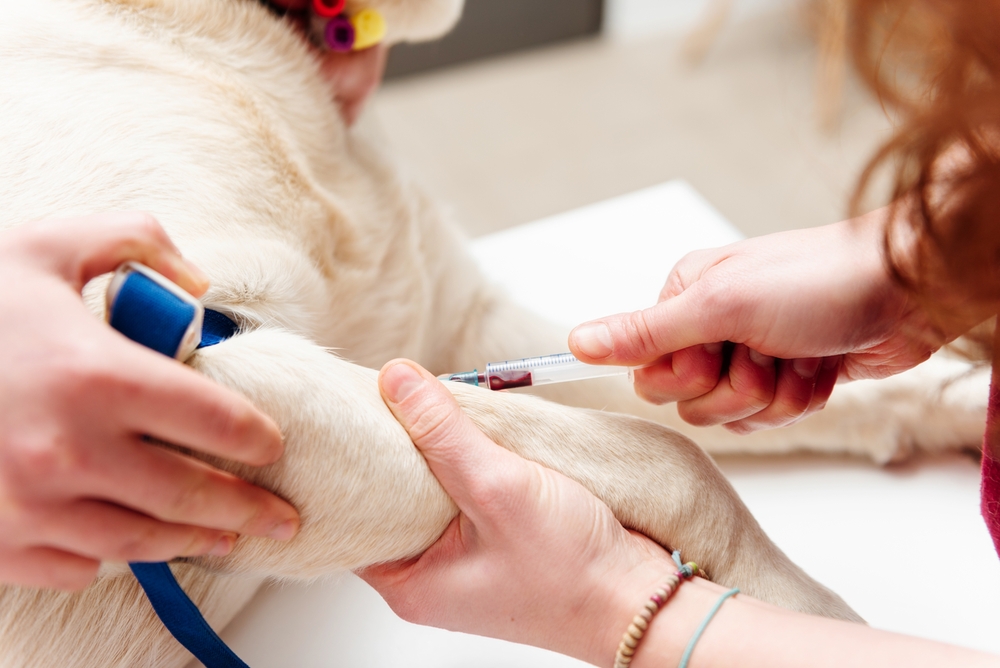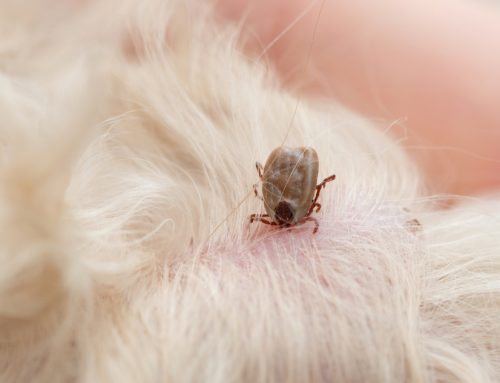While most pet owners are familiar with the term heartworm disease, the condition is often misunderstood. Despite safe and effective prevention, the disease continues to grow and spread at an alarming rate worldwide. Currently, more than one million pets in the United States are infected with heartworm disease—with countless more living undiagnosed.
But, there’s no need to worry—Hearthstone Veterinary has what you need to protect your pet against this deadly threat. Learn how we’ve “got your six” with these six heartworm disease and prevention facts.
Fact #1: Heartworm disease is a threat to every pet
Although heartworm disease has been present in Oregon for well over 20 years, the condition is most well known for its prevalence in the southeastern United States. However, climate shifts, wildlife migration, and increased transportation of homeless pets has allowed the infection to spread steadily northwest, with case numbers also growing in northern California and southern Oregon during the past 20 years.
According to the American Heartworm Society and the Oregon Veterinary Medical Association, all pets in our area—including indoor-only pets—are at risk for this deadly disease.
Fact #2: Heartworm disease is deadly—but preventable
Heartworm disease is transmitted by an infected mosquito and can result in permanent—often life-threatening—damage to a pet’s heart, lungs, and arteries. Unfortunately, because the mosquito is tiny and ubiquitous in nature, preventing their bite is almost impossible. Instead, heartworm prevention works by treating the pet retroactively (i.e., after initial infection has occurred). During the earliest, least harmful, infection stages, prevention products kill and remove microfilariae (i.e., heartworm larvae) before they can migrate to your pet’s lungs and heart and mature into full-size worms.
If your pet isn’t receiving a heartworm preventive, the microfilariae progress for four to six months from the bite wound to the cardiovascular system. Once in the system, the worms grow up to 12 inches long, triggering vessel wall inflammation, and creating a cascade of damage of heart failure, respiratory distress, blockages, and death.
Fact #3: Heartworm disease looks different in dogs and cats
Cats and dogs are unique—including their heartworm disease experience. Because dogs are natural heartworm hosts and cats are not, their clinical signs can vary, with cats sometimes showing no signs at all.
For both species, pets are asymptomatic until the worms reach maturity inside the heart and major lung vessels. At that time, dogs begin to experience classic heart-related signs, including:
- Exercise intolerance
- Lethargy
- Appetite loss
- Vomiting
- Pot-bellied appearance
- Respiratory distress
- Collapse
- Sudden death
In cats, however, heartworm disease often involves only a few adult worms, or none at all. They can experience a unique condition known as heartworm associated respiratory disease (HARD), which can be misdiagnosed as asthma. Common signs in cats include:
- Lethargy
- Vomiting and loss of appetite
- Coughing
- Asthma-like attacks
- Weight loss
Less frequently, cats may experience neurological signs, such as incoordination, seizures, or collapse. Unfortunately for many owners, sudden unexplained death can be the first disease sign in cats.
Fact #4: Heartworm disease prevention must be given year-round
Consistent heartworm prevention is essential for your pet’s protection. Although mosquitoes are dormant during colder months, they can reemerge on mild days, and transmit infectious microfilariae to your pet. Mosquitoes are also known to over-winter in basements, garages, and other insulated buildings, which allows them direct access to all pets, including those who never go outside.
Because prevention works retroactively, pausing your pet’s preventive or forgetting a dose can allow presently circulating microfilariae to reach maturity. When preventives are restarted, the medication is no longer effective.
Fact #5: Heartworm disease treatment is available only for dogs
While heartworm preventives are economical, convenient, and safe, heartworm disease treatment is risky, painful, prolonged, and expensive. Additionally, no safe treatment is available for heartworm-positive cats, so prevention is the only path to ensure your cat’s health and safety.
Treatment in dogs requires additional testing, medication, and a series of up to three deep intramuscular injections to kill the adult worms. Dogs must be strictly confined and exercise-restricted, as physical activity can increase the risk for damage, or cause a life-threatening blockage. Once treatment is complete, dogs must be retested to ensure they are heartworm-free.
Fact #6: Annual testing ensures your pet is protected

Yearly heartworm testing at Hearthstone Veterinary is an essential part of your pet’s preventive plan. Heartworm tests detect heartworm antibodies in your pet’s blood, signifying an active adult infection. Because only one missed dose can allow heartworm disease to take hold, testing is required for all pets, including those currently receiving a heartworm preventive.
Rarely, breakthrough infections occur in protected pets. The exact cause is unclear, but some mosquitoes may be developing a resistance to traditional parasiticides used in popular preventives. Heartworm testing is a simple, accurate, and convenient way to identify an early infection before signs become severe, or to confirm your pet is protected.
Building your pet’s defense against heartworm disease
Hearthstone Veterinary has your pet’s heartworm prevention plan covered. We offer a selection of effective, safe, and convenient preventives for dogs and cats—including topical applications and flavored chewables—and can recommend a product tailored to your pet’s specific needs. Don’t let your pet become another unnecessary victim to heartworm disease—contact Hearthstone Veterinary to discuss your pet’s current preventive plan, or to schedule an appointment to start one.







Leave A Comment